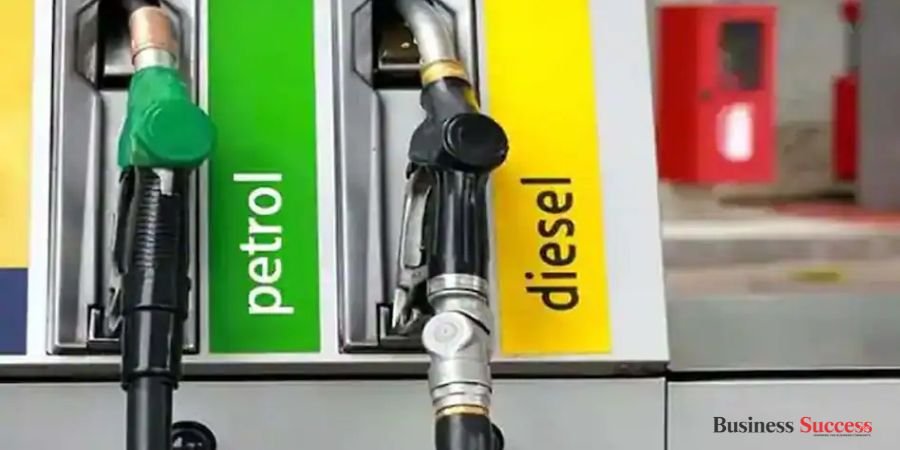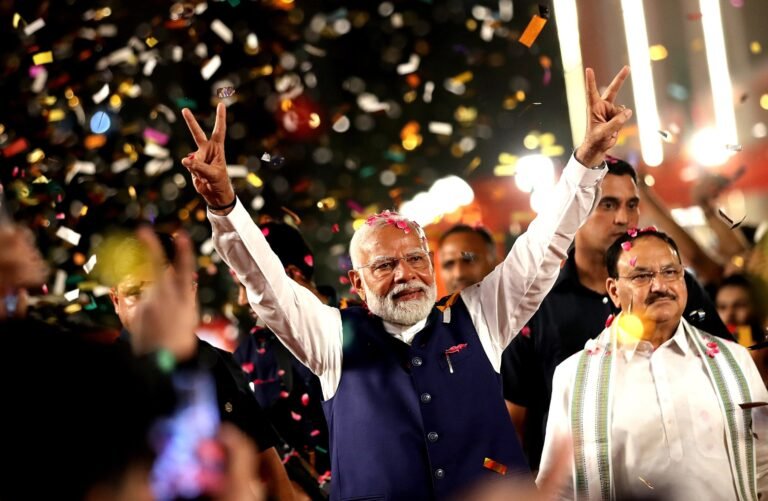In anticipation of the forthcoming Lok Sabha election announcements, the Indian government announced a notable reduction in fuel prices, cutting petrol and diesel rates by Rs 2 per litre. This move follows closely on the heels of recent price drops in liquefied petroleum gas (LPG) and compressed natural gas (CNG), sparking widespread speculation about potential fuel price decreases ahead of the critical Lok Sabha elections.
Petroleum Minister Hardeep Singh Puri confirmed the price cut via a post on X, highlighting Prime Minister Narendra Modi’s commitment to the welfare of the Indian populace. Puri emphasized, “The reduction of Rs 2 in petrol and diesel prices is a testament to Prime Minister Narendra Modi’s unyielding dedication to the betterment of countless Indian families.” As of March 14, petrol prices averaged at Rs 94 per litre, while diesel was priced at Rs 87 per litre.
The government had previously marked International Women’s Day with a significant announcement by Prime Minister Narendra Modi, reducing the cost of cooking gas cylinders by Rs 100, a change that is poised to benefit approximately 33 crore households that rely on LPG for cooking.
However, amidst these price adjustments, Petroleum Minister Puri cautioned last week that any decision on further fuel price reductions must be carefully considered by public sector oil marketing companies (OMCs). He cited the unpredictable nature of the global energy market, ongoing geopolitical tensions, and the financial status of these companies as factors that necessitate a measured approach. Despite the recent price cuts, Puri noted that OMCs continue to face financial strains, particularly in diesel sales, though specific details on their under-recoveries were not disclosed.
This strategic move by the government to lower fuel prices ahead of the Lok Sabha elections is seen as an effort to alleviate the financial burden on Indian citizens, demonstrating a commitment to economic stability and the welfare of the nation’s populace amidst a fluctuating global energy landscape.





